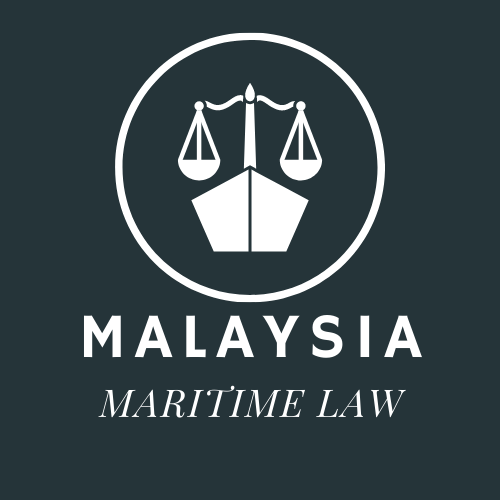Rights Of Third Parties 1. Third Parties An insurance contract is a contract between the insurer and the assured. The indemnity payable to the assured is of course of benefit to the assured. However, it may also be of benefit to third parties, for example those persons for whose benefit the insurance was taken out...
Tag: Insurance Act 2015
The Insurer’s Right to Contribution
The Insurer’s Right To Contribution 1. Double Insurance The insurer is entitled to a contribution from another insurer who has insured the same risk of loss, in respect of any loss which the first insurer has indemnified, pursuant to section 80 MIA. There is an equivalent right of contribution available in equity. Such rights of...
Insurer’s Right of Subrogation Upon Payment
Insurer’s Right Of Subrogation Upon Payment 1. Introduction To Subrogation Subrogation is a concept with a wide application within and outside contracts of insurance. It has its foundations in Roman law. Subrogation is largely an equitable (as opposed to a common law) doctrine, although there appears to be some support for the view that there...
The measure of indemnity: constructive total loss (CTL)
The measure of indemnity: constructive total loss (CTL) 1. Definition of a constructive total loss A constructive total loss (or a ‘CTL’) is a concept known only to marine insurance law. Section 60(1) MIA defines a CTL in the following terms: ‘subject to any express provision in the policy, there is a constructive total loss...
The Measure of Indemnity: Actual Total Loss (ATL)
The Measure Of Indemnity: Actual Total Loss (ATL) 1. Types of total loss There are two kinds of total loss in marine insurance law (section 56(2) MIA): a) An actual total loss. b) A constructive total loss. If either an actual or a constructive total loss is proved, assuming the policy covers the loss, the...
The Measure of Indemnity: Partial Loss
The Measure Of Indemnity: Partial Loss 1. The principle of indemnity By a contract of indemnity insurance, the insurer undertakes to hold the assured harmless against loss caused by an insured peril (that is, the insurer will be responsible to compensate the assured for a specified type of loss caused by a specified insured peril)....
The Sue and Labour Clause (Mitigation Of Loss)
The Sue And Labour Clause (Mitigation Of Loss) 1. The Sue And Labour Clause The ‘sue and labour’ clause in the SG form of policy reads: ‘and in case of any loss or misfortune it shall be lawful to the assured, their factors, servants and assigns, to sue, labour, and travel for, in and about...
Causation
Causation 1. The proximate cause In order to be indemnified for a loss under a marine insurance policy, it must be established that the loss: was proximately caused by an insured peril was not proximately caused by an excepted or excluded peril. The requirement that the loss has been proximately caused by an insured peril...
Excepted Risks
Excepted Risks 1. Excepted perils Generally, but not always, an excepted peril is a peril which would be included within an insured peril and would be covered by the policy but for the exception. That is, the excepted peril is often a sub-set of the insured perils. For example, the policy may provide cover for...
War, Political and Strike Risks
War, Political And Strike Risks 1. War Risks Clauses The SG form scheduled to the MIA covered marine and war risks. However, it became common for war risks to be excluded from cover. This was done by the ‘FC&S’ clause (standing for ‘free of capture and seizure’). One form of the FC&S clause provided: ‘Warranted...

